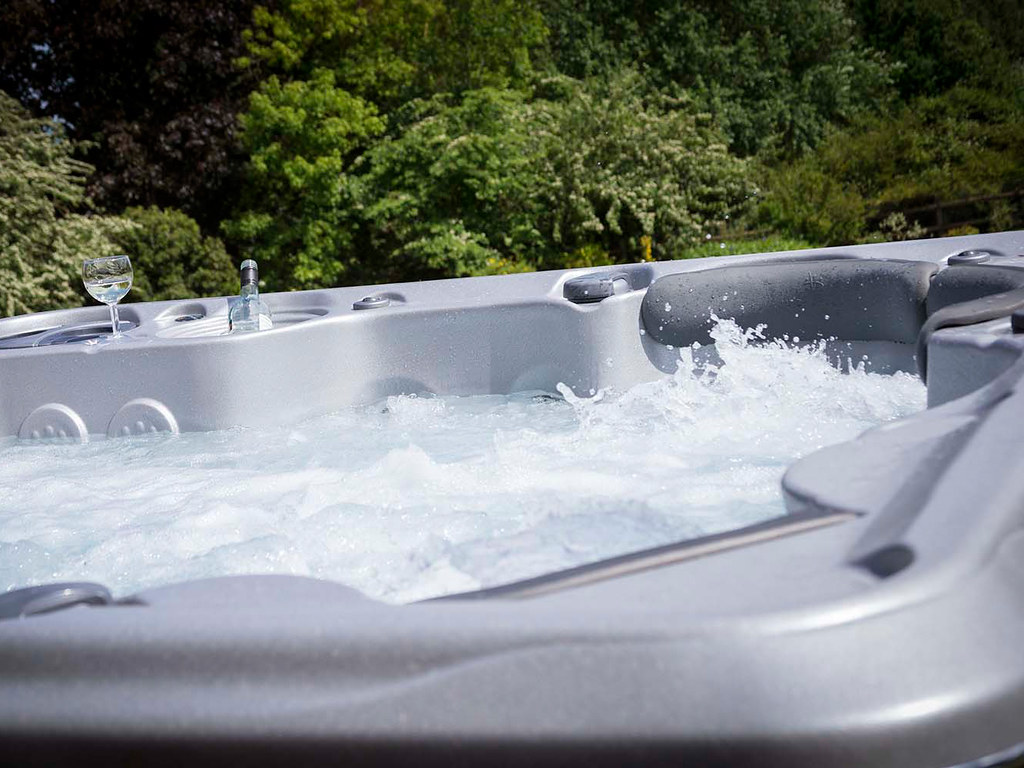
When tackling DIY spa electrical installation, prioritize safety with industry-standard precautions. Follow manufacturer instructions and hire a qualified electrician for the job. Always disconnect power before working on connections and install a Ground Fault Circuit Interrupter for protection. Familiarize yourself with electrical codes, obtain necessary permits, and check with the local building department for regulations. Equip yourself with tools like voltage tester, wire cutters, and electrical tape. Plan electrical connections meticulously, maintain proper distances, and troubleshoot common issues diligently. Your spa project success hinges on meticulous attention to these technical details.
Safety Precautions for DIY Spa Installation
When undertaking a DIY spa installation, it is crucial to prioritize safety by following industry-standard guidelines and protocols. Before starting any work, ensure that you have a clear understanding of the essential safety precautions required for installing a spa. Begin by carefully reading the manufacturer’s instructions and specifications for the spa unit you have purchased. These instructions typically outline specific safety guidelines that must be followed during the installation process.
One fundamental safety precaution is to ensure that all electrical work is performed by a qualified electrician. Handling electrical components without the necessary expertise can lead to serious safety hazards. Additionally, always remember to disconnect the power supply before working on any electrical connections. It is also essential to install a Ground Fault Circuit Interrupter (GFCI) to protect against electrical shock. This device monitors the electrical current and shuts off power if any imbalance is detected, safeguarding you and your family from potential harm. By adhering to these safety precautions, you can enjoy your DIY spa installation with peace of mind.
Understanding Electrical Codes and Permits
To ensure compliance with regulations, it is imperative to familiarize yourself with the specific electrical codes and obtain the necessary permits before proceeding with any spa installation project. Electrical codes are put in place to ensure the safety of individuals and properties. Before starting your DIY spa electrical installation, check with your local building department to determine the specific codes and regulations that apply in your area. Some common requirements include using Ground Fault Circuit Interrupters (GFCIs) for all spa circuits, ensuring proper grounding and bonding of the spa equipment, and following specific guidelines for wiring and placement of electrical components near water sources. Failure to adhere to these codes can result in serious safety hazards and legal consequences. Additionally, obtaining the required permits is essential to ensure that your installation is inspected by a qualified professional, helping to guarantee that it meets all necessary safety standards. Always prioritize safety and compliance when working on electrical installations to protect yourself and others.
Essential Tools and Equipment Needed
You will need a set of essential tools and equipment for a successful DIY spa electrical installation. Some key tools to have on hand include a voltage tester to ensure safety, wire cutters and strippers for preparing the wires, a screwdriver set for securing connections, and a conduit bender for shaping the conduit as needed. Additionally, a cordless drill will be essential for drilling holes and securing components in place.
When it comes to equipment, you will require items such as electrical tape for insulating connections, wire nuts for joining wires securely, and cable ties for organizing and securing the wiring. A silicone sealant can be used to weatherproof outdoor connections, and a GFCI outlet tester will help verify proper grounding and protection.
Having these tools and equipment readily available will streamline the installation process and ensure that you can work efficiently and safely. Be sure to have everything organized and within reach before you begin the installation to avoid unnecessary delays.
Step-by-Step Guide to Wiring Your Spa
To ensure a smooth and successful wiring process for your spa, begin by carefully planning out the electrical connections and circuits required for the installation. Start by locating the spa panel near the spa but at least 5 feet away from it for safety. Install a GFCI breaker in the main panel and run the appropriate gauge wires from the main panel to the spa panel. Connect the wires to the GFCI breaker following the manufacturer’s instructions, ensuring a secure connection. Next, connect the bonding wire from the spa to the grounding bar in the spa panel. Install a disconnect switch within line of sight of the spa, allowing for easy access during maintenance. Finally, connect the spa’s electrical components following the manufacturer’s guidelines, including the pump, heater, blower, and any other features. Double-check all connections for accuracy and tighten them securely. Following these steps meticulously will help ensure a safe and functional spa wiring installation.
Troubleshooting Common Electrical Issues
When troubleshooting common electrical issues in your spa, start by conducting a thorough inspection of all wiring connections and components. Check for any loose connections, frayed wires, or signs of corrosion. Ensure that the power supply to the spa is turned off before proceeding with any troubleshooting steps. One common issue to look out for is a tripped circuit breaker or a blown fuse, which may be causing a loss of power to the spa. Inspect the control panel for any error codes or indicators that could point to specific issues with the electrical system.
If the spa is not heating properly, the problem could be with the heating element or the thermostat. Test these components for continuity using a multimeter to determine if they are functioning correctly. Additionally, check the GFCI (Ground Fault Circuit Interrupter) to make sure it is not tripped, as this can also cause electrical issues in the spa. If you are unable to identify or resolve the problem on your own, it is recommended to contact a qualified electrician to assist with further diagnosis and repair.







